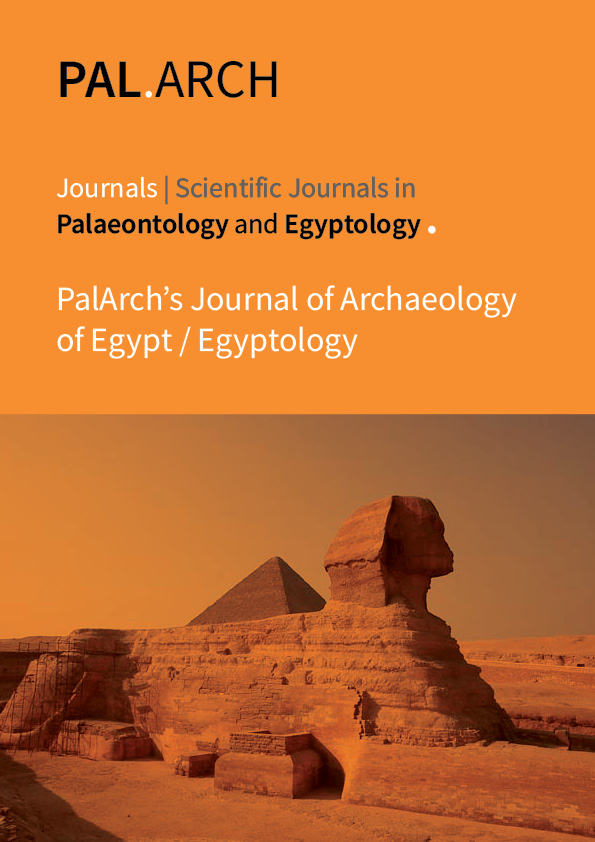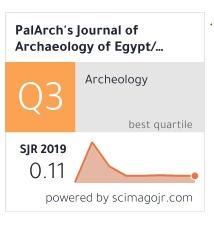COHESIVE TIES USED IN ENGLISH LANGUAGE
Abstract
Cohesive relations are ties or bind between two or more components in texts such as between a personal pronoun and an antecedent proper noun, for example, Tom…..he, Tom and Jack…..they. Any semantic relation is arranged either inside a sentence or among sentences. Cohesive ties are one possible field of investigation in stylistics. They can be words or phrases that are used to connect ideas between different parts of a text. These ideas tie together clearly, the writing is coherent and the reader can follow along easily, when ideas, sentences, and details fit together clearly. These cohesive relations help the readers to stay focused on the idea being discussed.Text can be coherentwhen its sentences are logically organized and connected. Furthermore, the transition among the sentences is natural and easy, and the relationship between sentences and paragraphsrealized by the readers so the ideas can be easily followed by the reader for gettingthe discourse. A text becomes connected by cohesion to form a unity. Cohesive ties are classified into two types: ''the lexical and ''the grammatical'' cohesion. The lexical cohesion has two types: ''reiteration and ''collocation'', while the grammatical cohesion can be divided into four types:
Downloads
Downloads
Published
Versions
- 2021-01-07 (2)
- 2020-10-04 (1)



